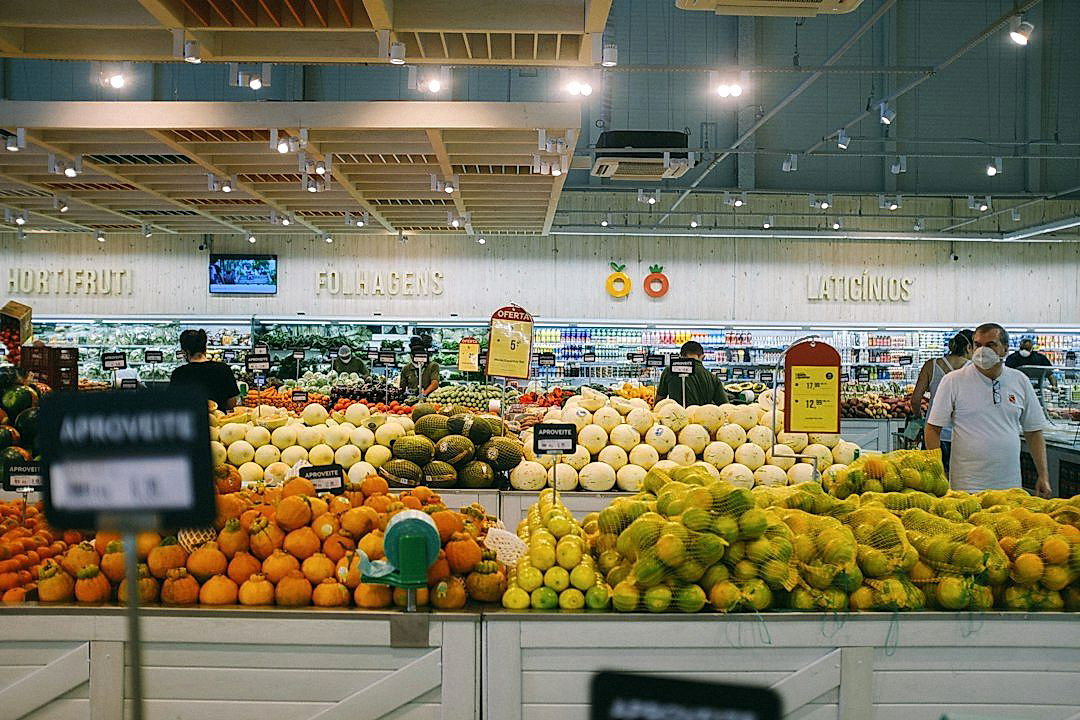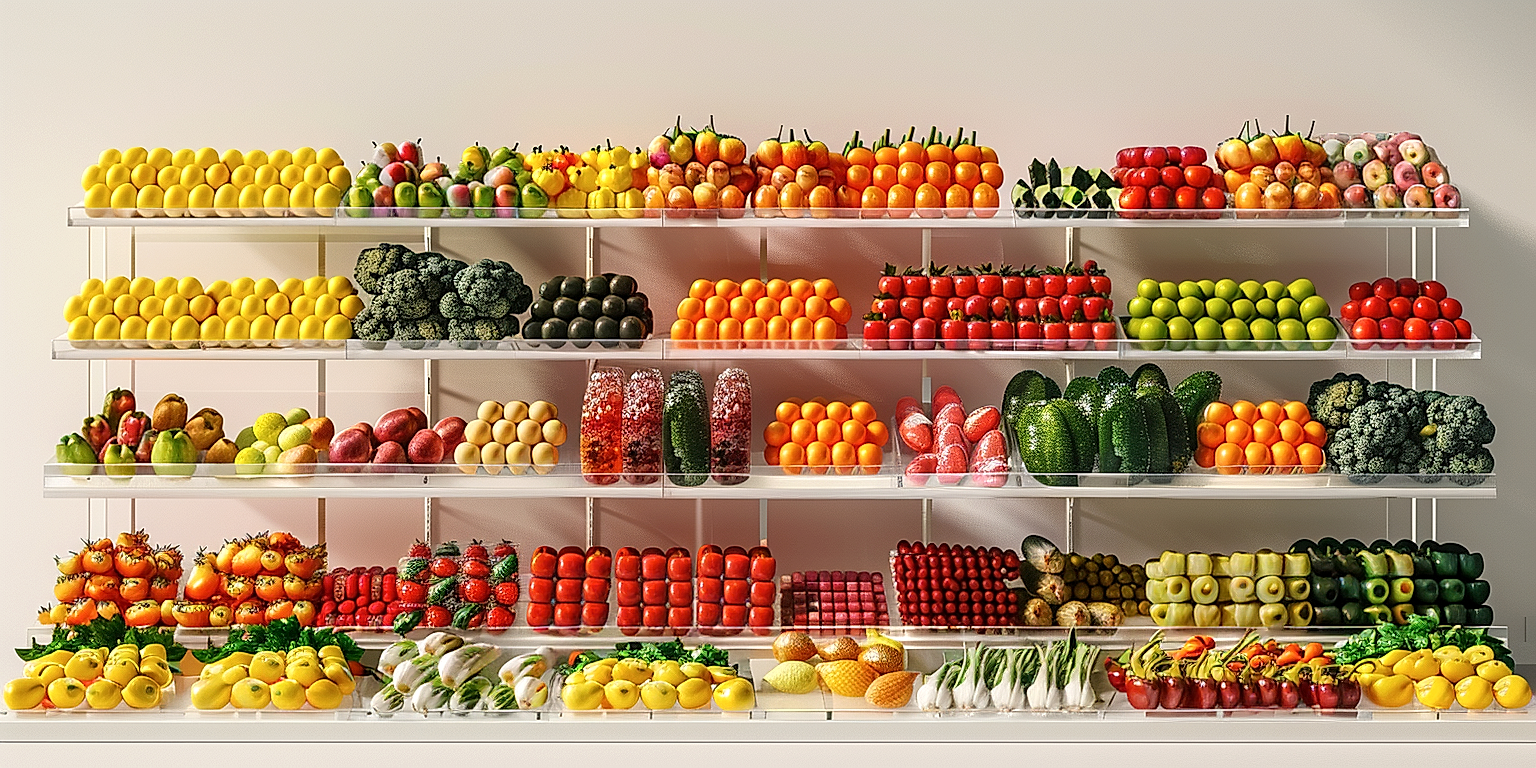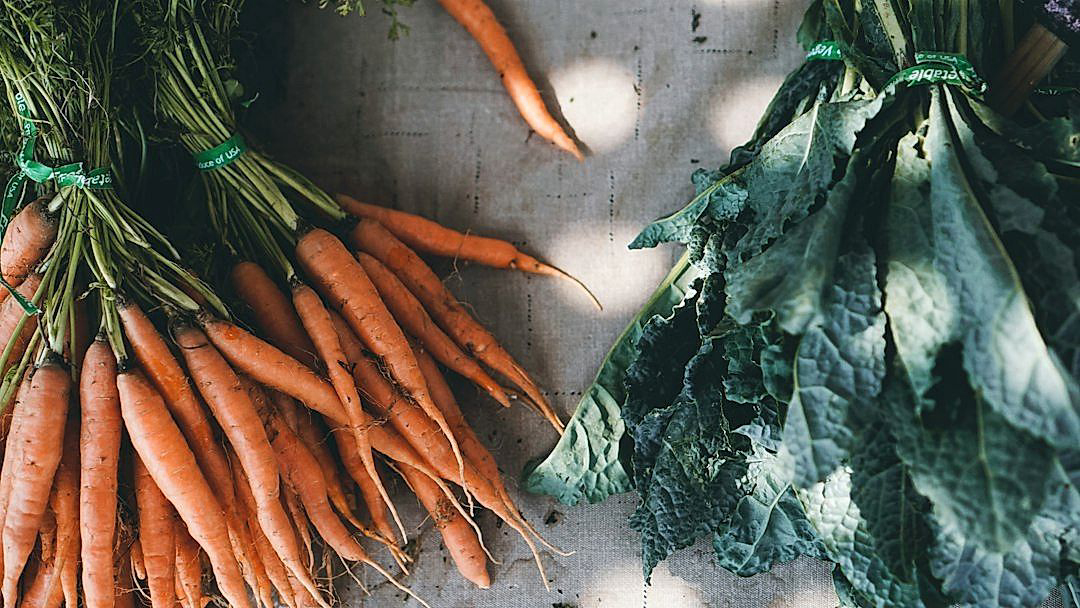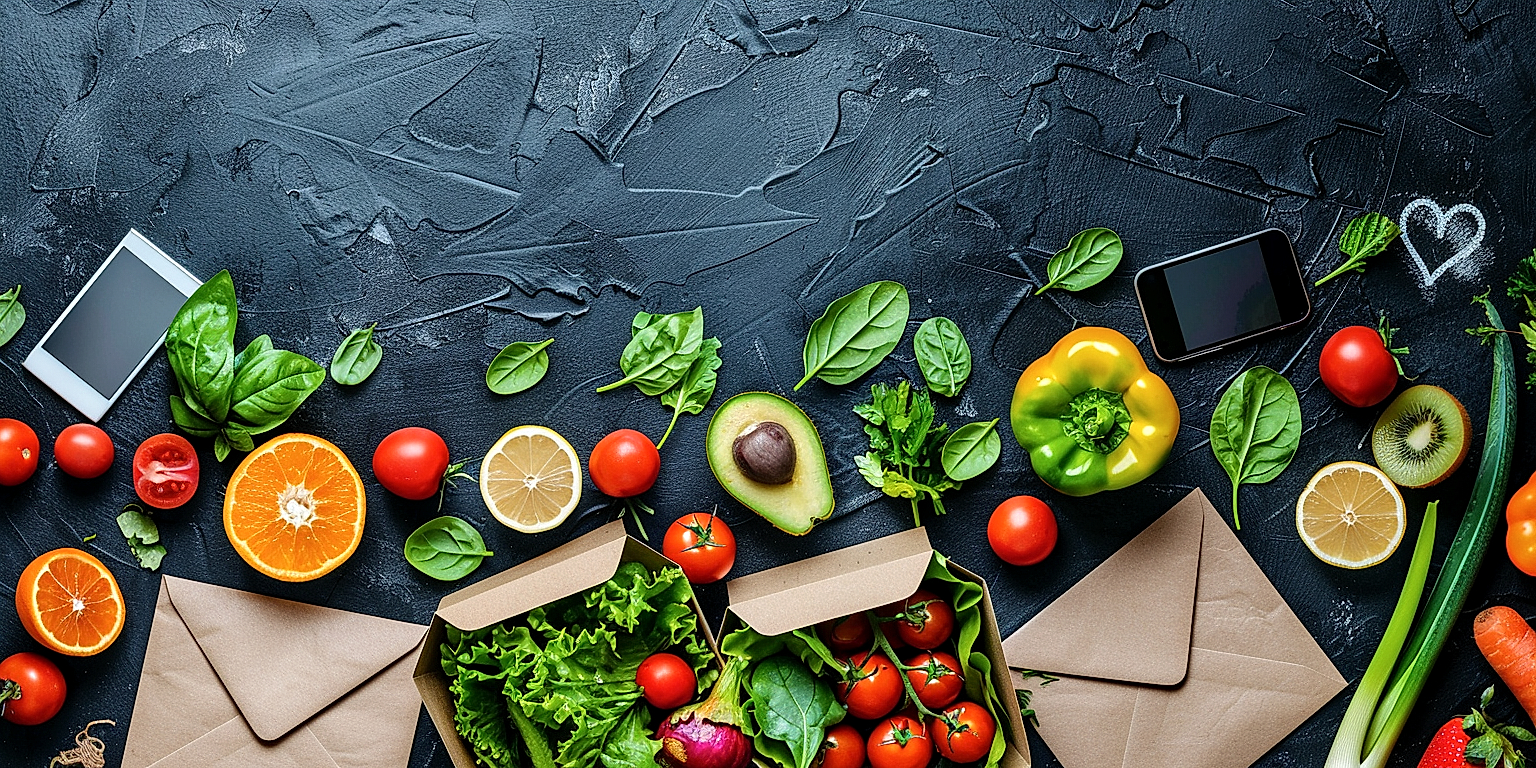In the ever-evolving realm of fresh produce retail, staying ahead of consumer trends is paramount.
Innovation is the driving force behind the industry’s success, propelling traditional models into modern, consumer-driven strategies.
Whether you’re a seasoned retail giant, aspiring entrepreneur, or a curious consumer, an understanding of these trends is indispensable.
While fresh produce has always been a staple in our diets, today’s consumer expectations extend beyond just the freshness quotient.
The contemporary retail landscape is shaped by factors such as sustainability, convenience, technological integration and unique shopping experiences.
This article endeavors to decode some of the emerging trends that are defining the future of produce retail.
Contents
Fresh Trends In Produce Retail You Should Watch
1. Rise in Locally Sourced, Organic Produce Demand
The local food movement has seen an incredibly rapid rise in the last few years, especially in North America and Europe.
This shift in consumer behavior is fueled by a greater understanding and appreciation for the benefits of consuming locally sourced produce.
Interest and demand for organic, locally sourced produce has therefore led to different trends within the retail sector.
More and more retailers are responding to this trend, striving to stock locally sourced, organic produce.
This is not just limited to fruit and vegetable produce, but also extends to other products such as dairy and meat.
One cannot ignore the fact that there is a significant increase in the number of farmers’ markets and farm-to-table restaurants as well.
These trends offer a direct response to consumers seeking better taste, freshness and nutritional value in their food.
Consumers, apart from wanting to support local farmers and businesses, also increasingly understand that organic and locally sourced produce is often higher quality, leads to a reduction in carbon emissions and helps to boost local economies.
The rise in demand for locally sourced, organic produce isn’t just about food anymore, it’s a statement about consumer’s societal and environment values.
There’s also a visible shift within the grocery retail sector where large chains are increasingly featuring locally sourced, organic sections.
In addition, many independent grocers and health food stores received a significant boost from this trend, as their accessibility to local farms and suppliers become a competitive advantage.
Convenience stores are also starting to embrace offering more locally sourced and organic produce.
Through this trend in demand for organic, locally sourced produce, retailers are discovering new ways to capture a slice of this fast-growing market segment.
Movement continues to evolve with ever-changing consumer tastes and preferences, which means retailers need to stay at the forefront of these changes to effectively meet demand.
Looking into the future, one can confidently assume that the demand for locally sourced, organic produce will not just remain robust, but will likely continue to grow.
2. Emphasis on Zero-Waste, Sustainable Packaging.
When we speak about vital trends in retail produce, the increase in demand for zero-waste, sustainable packaging cannot be ignored.
Nowadays, a significant percentage of the global population is leaning towards environmentally friendly practices in every aspect of their lives, and this includes their shopping habits.
Customers are expressing their eco-consciousness not only through their choice of products but also in the type of packaging in which these products are presented.
These preferences are compelling the retail produce industry to rethink and redesign their packaging methods; there is a shift towards implementing sustainable packaging solutions.
This trend is by no means a passing fad; it is an evolution that is here to stay, as the world grapples with the effects of climate change and the pressing need for sustainable living.
Many retailers are now offering unpackaged fresh produce or using eco-friendly alternatives like biodegradable or compostable bags, thus reducing the need for single-use plastic packaging.
The shift towards sustainable packaging goes beyond just being an ethical choice – it also makes solid business sense.
Studies show that customers, particularly millennials and Gen Z, are willing to pay a premium for products that come in sustainable, zero-waste packaging.
This customer behavior reinforces the fact that investing in sustainable packaging yields not only environmental benefits but also economic returns.
Even the smallest of changes, such as using paper straws instead of plastic ones, can have a profound impact both on the environment and on a brand’s perception among consumers.
While switch to sustainable packaging may require an initial investment, the long-term payback in customer loyalty and increased sales can make it worthwhile.
Another aspect that retail produce businesses should consider is the legislation around packaging.
Many jurisdictions are introducing stringent laws around single-use plastic, and compliance can be much easier with a switch to sustainable packaging solutions.
The move towards sustainable packaging aligns with the broader goals of the United Nations’ Sustainable Development Goals (SDGs), particularly SDG 12, which is about ensuring sustainable consumption and production patterns.
Therefore, it is clear to see that the emphasis on zero-waste, sustainable packaging is one of the most critical trends shaping the future of retail produce.
3. Upsurge of Online Ordering and Home Delivery.
There is an unprecedented surge in online ordering and home delivery of fresh produce.
More people are now embracing the convenience of online grocery shopping, fueling growth in this sector.
E-commerce platforms specializing in fresh produce are experiencing rapid growth.
The pandemic has accelerated this trend due to safety concerns and restrictions.
In addition, consumers are becoming more comfortable with buying all sorts of products online, including fresh produce.
Fresh produce retailers have adapted by making their products available online.
This has necessitated advancements in technology, for instance, specially designed packaging and delivery systems that ensure the produce remains fresh till it reaches the consumer.
Dealing with challenges such as ensuring freshness and prompt delivery has become central to these online retailers.
Moreover, there has been an expansion in the variety of products available to consumers online.
From organic produce, exotic fruits, to specialty items – the online produce market has widened its offerings to meet the diverse demands of consumers.
A number of fresh produce retailers have also started offering customised subscription box services, maintaining the freshness of the produce while keeping in mind consumer preferences.
Customers are also appreciating the flexibility and convenience that online produce retail offers.
Thus, the trend of online ordering and home delivery of fresh produce is set to grow in the future.
However, while consumers are embracing the online purchase of fresh produce, the physical retail experience still holds a certain allure.
The challenge for fresh produce retailers going forward would be to successfully combine the physical and online retail experience.
The Bottom Line
The shifting landscape of consumer preferences has driven significant change in the food industry, with impactful emphasis on locally sourced, organic produce and zero-waste, sustainable packaging.
This evolution not only encourages healthier lifestyles but also promotes environmental sustainability, signaling a win-win situation for both consumers and the environment.
Added to this, the trend of online ordering and home delivery has revolutionized the convenience and accessibility of fresh, quality food.
The amalgamation of these trends underlines a definitive and encouraging direction towards a more mindful, accessible, and sustainable food industry.




